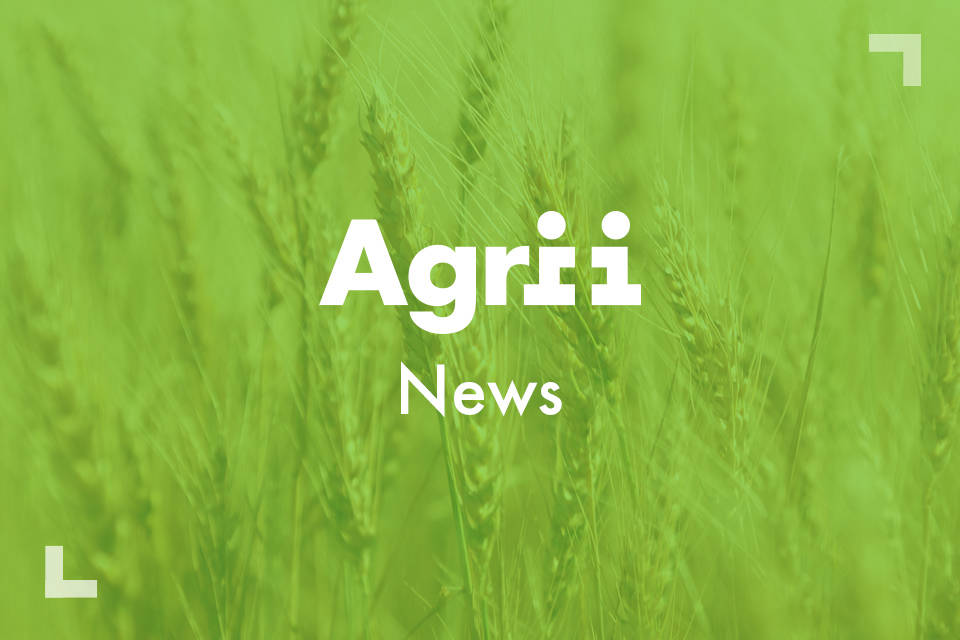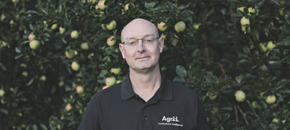
Tackling Brome Challenges in Agricultural Trials: A Case Study from Stow Longa
News - 06.11.23
Brome-related issues have become a prevalent concern in agricultural settings, particularly in the blackgrass trials conducted at Agrii's Stow Longa site in Cambridgeshire.
Recognising and addressing these challenges are essential for farmers, contingent upon their ability to identify the specific brome species in question.
Unwanted Appearances
Meadow and soft bromes have made unexpected appearances in Agrii's blackgrass trials. Colin Lloyd, the company's head of agronomy, notes that after four years of cultivations and rotations experiments, meadow, soft, and sterile bromes began surfacing, especially in min-till and direct drill plots. Some plots reported significant numbers, reaching up to 95 ears/sq m.
Understanding Dormancy
Seeds from meadow and soft brome species tend to remain on the soil surface to break dormancy. However, attempts to encourage blackgrass emergence by tickling the surface often lead to dormancy preservation, resulting in delayed emergence during the crop cycle. Last summer's early harvest presented an opportunity to address this issue by leaving seeds on the surface a month before surface disruption. Unfortunately, this practice led to the emergence of sterile brome this summer, emphasizing the impact of cultivation changes on weed profiles.
Dealing with Sterile Brome
The positive news is that dealing with sterile brome is relatively straightforward, as demonstrated in a separate Agrii trial near Edinburgh. The trial explored the impact of different drill dates (2 and 17 October), winter wheat, and winter barley, cultivated through either ploughing or direct drilling.
Results indicated that later drilling reduced brome numbers, while ploughing significantly lowered them. The trial successfully broke the cycle in one year, contrasting with the challenges faced in blackgrass situations.
Control Strategies and Yield Impact
In terms of control strategies, direct drilled wheat with a full herbicide program achieved only 5-20% control, emphasizing the limitations of certain approaches. However, growing more aggressive hybrid barley substantially improved control, reaching 69%.
The impact on yield was notable, with ploughing resulting in a 1.68t/ha yield lift for barley and a substantial 5.02t/ha increase for wheat.
Understanding the Cost of a Sterile Brome Problem
These findings underscore the potential massive cost of a sterile brome problem, particularly in winter wheat. As you navigate your own fields, keep these insights in mind to effectively manage and mitigate the impact of bromes on your crops.
The evolving brome challenges at Agrii's Stow Longa site highlight the importance of understanding species-specific characteristics and adapting cultivation practices accordingly.
The success in tackling sterile brome through strategic ploughing provides valuable insights for farmers facing similar issues in their agricultural endeavors.
Join Our Community

Agrii X
We love engaging with clients and partners. Give us a follow and let's share stories for the community.

Agrii Instagram
A picture paints a thousand words. Follow us on Instagram to see what we are up to.

Agrii Facebook
Follow us on the worlds biggest social media site for the latest news and events straight to your feed.

Agrii LinkedIn
If you are all about the business, connect with us on LinkedIn to build your network
Stay In Touch

Journal Sign-Up
Receive email updates on topical news and information from around Agrii and UK Farming.

Listen To Our Podcasts
Listen to the Tramlines Podcast. Fortnightly chat about agriculture and trials with your host Tony Smith.

Agrii Insights
Read essential agri intelligence for profitable farming.

Find an Event
Join us for our upcoming events and tours.



